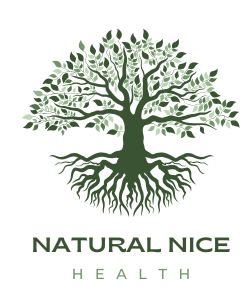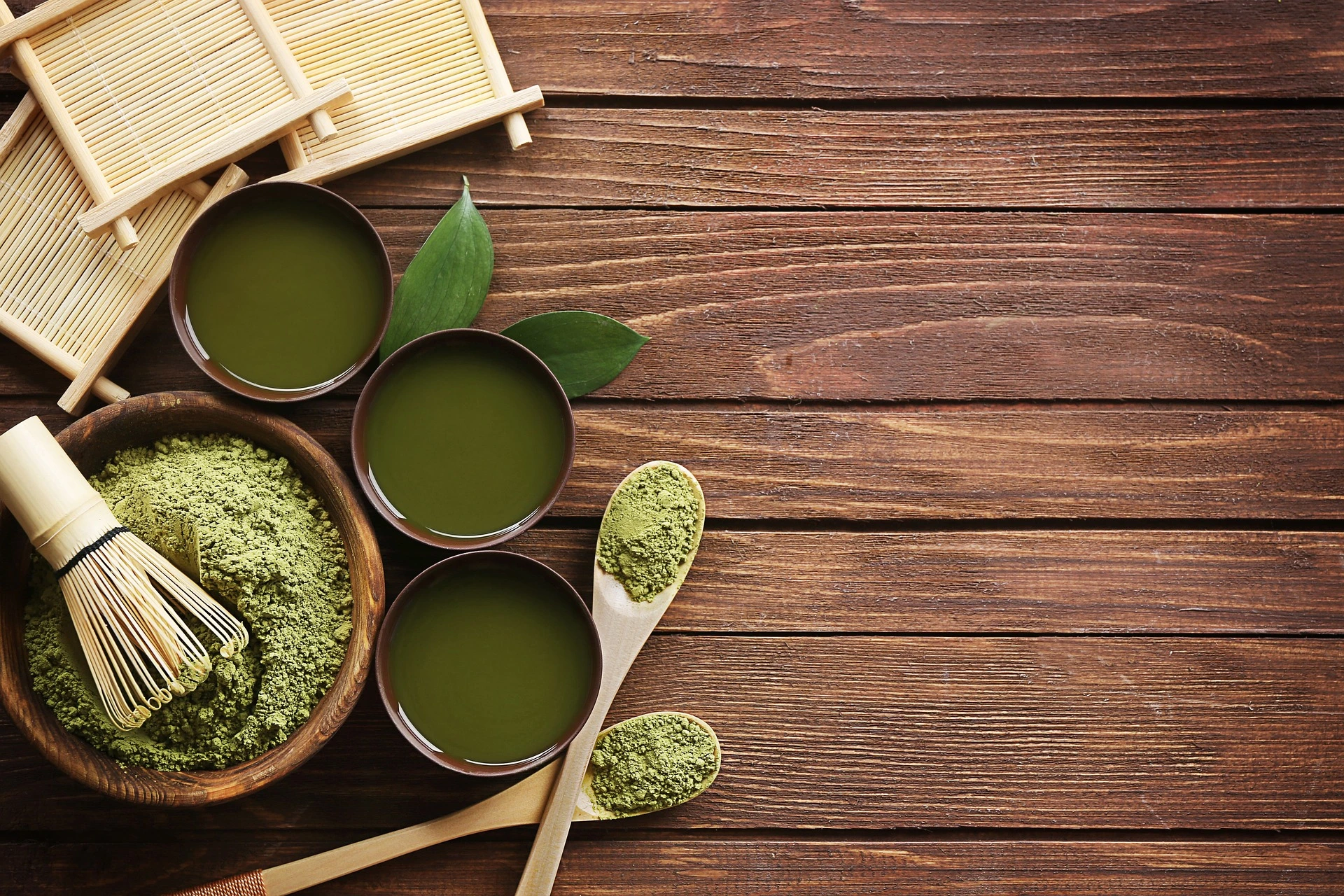“Henna Hair Color Benefits: Why It’s the Best Natural Dye for Your Hair”
Imagine you’re tired of harsh chemicals ruining your hair, but you still want bold color. What if you could change your hair’s look without harming it? That’s where henna hair color comes in. It’s made from the Lawsonia inermis plant and has been caring for hair for centuries.
If you dream of vibrant color that’s good for your hair, henna might be what you need. It’s a natural dye that’s been around for ages.
Natural hair dye trends are more than just a passing fancy. They’re a move towards safer beauty. Henna hair color gives your hair a rich, reddish-brown look while making it stronger and soothing your scalp.
Whether you’re dyeing your hair for the first time or looking for a gentler option, henna is a great choice. It offers results that chemical dyes can’t match. Let’s see how henna can change your hair care routine, from root to tip.
Looking for a safe, natural way to color your hair or beard? Try The Henna Guys Natural Red Henna Hair & Beard Dye (100g) — a plant-based, chemical-free alternative that not only adds vibrant color but also nourishes your hair from root to tip. Perfect for those seeking a natural lifestyle and healthy hair care routine.
Table of Contents
What Is Henna Hair Color and How Does It Work?
Explore the history and science of henna hair coloring. It’s a method that has been around for centuries. It uses the Lawsonia inermis plant, blending old wisdom with modern choices.
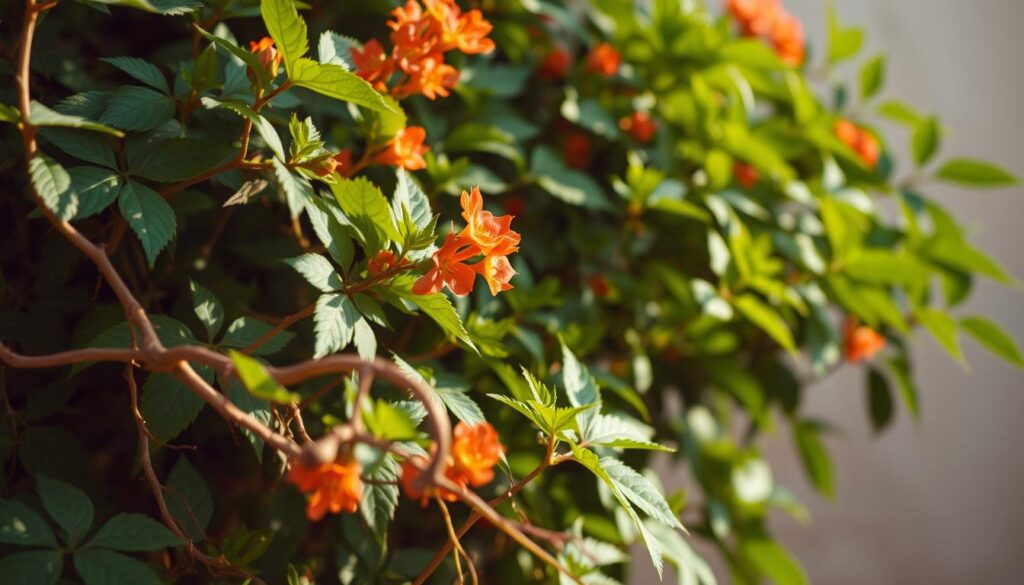
The Ancient Origins of Henna Hair Coloring
Henna has been used for thousands of years. It was loved by ancient Egyptians and Indians alike. Today, it’s a popular organic hair color choice instead of chemical dyes.
The Science Behind How Henna Binds to Hair
Henna’s magic comes from lawsone, which attaches to hair keratin. This creates a protective layer. It lasts 4–6 weeks, giving vibrant colors without stripping hair.
Different Types of Henna for Hair
There are many henna options for you:
- Pure Henna: Creates rich reds to deep browns. You can mix it with coffee or lemon juice for different shades.
- Indigo: Turns colors darker, from jet black to deep auburns, when mixed with henna.
- Cassia: Adds golden highlights to warm up your hair color.
| Type | Color Range | Best For |
|---|---|---|
| Pure Henna | Rust red to espresso brown | Natural reds, covering gray hairs |
| Indigo | Jet black, deep auburn | Darkening base colors |
| Cassia | Golden highlights | Lightening or toning |
Brands like The Henna Guys offer 13 base powders. This lets you create over 70 shades. Always choose unadulterated powders labeled “100% organic” for safety and effectiveness.
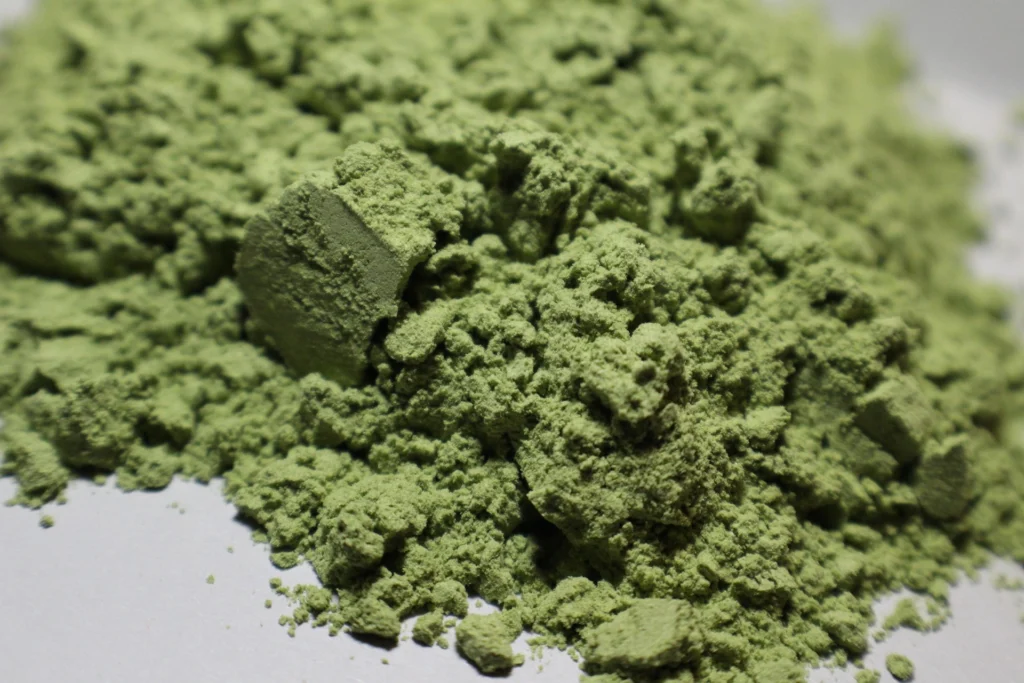
Top 7 Benefits of Using Henna as a Natural Hair Dye
Choosing henna hair color is more than a trend. It’s a move towards healthier hair. Here’s why henna is a big deal for your hair:
- 100% Chemical-Free: Unlike synthetic dyes, henna hair treatment has no ammonia or harsh chemicals. This reduces the risk of irritation or damage.
- Strengthens Each Strand: Henna’s natural proteins fix damaged hair. This makes it less likely to break or get split ends.
- Natural Conditioning: The plant-based formula conditions hair. It leaves hair silky and easy to manage without weighing it down.
- Scalp Soothing: Henna’s antimicrobial properties fight dandruff and fungal issues. It also cools overheated scalps.
- Sensitive Skin Safe: Perfect for those with allergies, henna’s gentle formula avoids common irritants found in commercial dyes.
- Long-Lasting Color: Unlike temporary chemical shades, henna’s deep red tones build up with use. They last weeks without fading.
- Customizable Results: With repeated use, henna’s color deepens and nourishes. It tailors to your desired look.
Switching to henna means investing in a routine that cares for your hair and scalp. Your hair deserves a treatment that meets its natural needs.
How to Choose the Best Henna Hair Color for Your Hair Type
Finding the best henna hair color means knowing what your hair needs. Pure henna, made from Lawsonia inermis, gives consistent results. But, henna hair products with additives like indigo or cassia offer different shades. For instance, Indigo makes hair black, and Cassia adds golden highlights.
Match your hair goals with the right product. Want a bold red? Try Ancient Sunrise’s Fire Kit. For platinum hair, cassia-based blends like Blonde Henna Hair Color are best.
Color Expectations: Pure henna might turn light hair reddish. Ancient Sunrise’s Medium Brown Hair Color covers gray and adds warmth. For cool tones, choose Cool Dark Brown Henna. Remember, henna enriches, it doesn’t lighten.
Label Checklist:
- Look for “100% organic” and no metallic salts to avoid hair damage.
- Choose brands like Ancient Sunrise, which lists all ingredients and avoids perfumes.
- Check reviews for “semi-permanent” claims (30+ washes) and cruelty-free labels.
For sensitive scalps, the Sample Delicate Kit is a good choice. Always test a small area first. Quality henna hair products like Henna for Gray Hair Black use indigo and henna for lasting color without ammonia.
Step-by-Step Guide to Applying Henna Hair Dye at Home
Ready to get salon-quality henna hair coloring at home? Follow this easy guide for stunning, natural hair. First, gather all the items from your henna hair dye kit or buy them separately.
Preparation: Tools and Materials Needed
Before you start mixing, get these things ready:
- Non-metal mixing bowl and spoon
- Nitrile gloves (1-2 pairs)
- Applicator brush or disposable gloves
- Silicone or silk shower cap
- Old towels/newspaper for surface protection
- Old clothing or smock
Mixing Your Henna Hair Dye Correctly
Mix henna powder with boiling water (or tea) in a glass bowl. Add 1-2 tbsp olive oil for extra conditioning. Let it sit 4-6 hours (or overnight) until it’s thick like yogurt. Check if it’s ready by looking for dry powder—no lumps mean it’s good to go!
Application Techniques for Best Results
Divide your hair into sections and apply from roots to ends with a brush. Start with the roots and gray areas. Wrap your hair in a shower cap and leave it on for:
| Application Goal | Time | Quantity Guide |
|---|---|---|
| Initial use | 20–30 minutes | 3 oz for shoulder-length hair |
| Darker shades | 1–2 hours | 4–6 oz for long hair |
Post-Application Care
After rinsing, wash with a clarifying shampoo. Avoid heat styling for 24 hours. If it’s your first time, test on a small strand first. Follow your henna hair dye kit for exact amounts and timing.
Common Mistakes to Avoid When Using Organic Hair Color
Using organic hair color like henna needs careful handling to avoid common mistakes. The natural dye’s bright colors depend on how you apply and care for it. Here are the biggest mistakes to avoid:
- Ignoring permanence: Henna binds permanently. Once applied, you can’t lighten or color over it until it grows out.
- Washing too soon: Wait 48–72 hours after application to let the dye set fully.
- Harsh shampoos: Avoid sulfatesy-containing products, which strip color and moisture.
- Hot water rinses: Rinse with lukewarm water to prevent fading.
- Skipping post-care: Moisturize regularly with sulfate-free conditioners to extend color life.
| Mistake | Solution |
|---|---|
| Rushing the process | Let henna sit for 3–4 hours to ensure full color release |
| Over-washing | Launder only every 3–4 days to maintain vibrancy |
| Forgetting UV/heat protection | Use UV sprays and heat protectants daily |
Protect your investment by avoiding these errors. Always test small sections first and prioritize sulfate-free routines to keep your natural hair dye looking fresh. When in doubt, follow instructions closely—your hair deserves care!
Enhancing Your Henna Hair Treatment Results: Expert Tips
Getting the most out of your henna hair treatment is more than just applying it. It’s about using smart strategies to improve color and hair health. Here are some tips to help you achieve better results:
Natural Additives to Customize Your Color
| Additive | Purpose | Usage |
|---|---|---|
| Coffee/Tea | Deepen red tones | Stir 2 tbsp into henna paste |
| Hibiscus Powder | Enhance red vibrancy | 10% mix with henna |
| Amla Powder | Darken browns | 5% ratio to base henna |
| Essential Oils | Moisturize + fragrance | 5 drops each of lavender/tea tree |
Maintaining Your Henna-Dyed Hair
- Wash hair henna hair care only every 3 days post-application
- Use sulfate-free shampoos like SheaMoisture Coconut & Hibiscus
- Condition with lemon juice diluted in water (1:1 ratio)
- Avoid hot water > 98°F during washing
Touch-Up Strategies for Long-Lasting Color
For regrowth, apply henna only to roots every 4-6 weeks. Use a color-refreshing rinse of beetroot powder (1 tbsp in warm water) between full treatments. Always do a 1-hour patch test before full applications.
Pro tip: Pair your henna hair treatment with weekly aloe vera masks to maintain moisture. Store unused henna in airtight containers for optimal shelf life.
Comparing Henna Hair Products: Which Brands Deliver the Best Results
Choosing the right henna hair dye kit can change your coloring game. Here’s how to pick the best one for you:
Top Henna Hair Dye Kits for Beginners
Beginners should start with easy-to-use kits:
- Pankhudi Henna: A 100% natural henna hair products kit with simple steps. It gives rich color and hair care benefits.
- Godrej Nupur: It’s affordable and has amla and shikakai. It’s great for beginners who want gentle conditioning and color.
Professional-Grade Henna Products
Advanced users will love these kits for their precision and quality:
- The Henna Guys: 100% organic, great for hair and skin art. But, it needs more prep time.
- Surya Brasil: Its cream-based formula makes application easy. It’s popular for smooth coverage but has limited natural shades.
Budget-Friendly Options That Don’t Compromise Quality
Save money without losing quality:
- Hesh Mehndi: It’s affordable and lasts long. But, it might need extra mixing.
- Light Mountain Natural Henna: It’s cruelty-free and vegan. It’s perfect for deep hair color at a lower price.
Each option offers a balance of ease, cost, and quality. Look at reviews and ingredients to find the best match for your hair and goals.
Potential Drawbacks and How to Overcome Them
Choosing henna hair color means knowing its unique challenges. It’s a safe natural hair dye, but there are some limits. Here are common issues and how to solve them:
- Color Range Limitations: Henna mainly gives red-brown shades. For cooler colors, mix it with indigo or cassia. Do this under a pro’s guidance.
- Time Investment: Applying henna takes hours. Make sure to plan a full day. Also, get help for hard spots.
- Permanent Commitment: It’s tough to remove once applied. Test it on small strands first. Also, avoid chemical treatments until new hair grows.
- Skin Sensitivity: Some might be allergic (itching, swelling). Always do a 48-hour patch test on skin before using it fully.
- Texture Changes: Too much henna can dry out hair. Rinse well, avoid heat styling, and condition with argan or coconut oil weekly.
- Staining Surfaces: Henna can stain skin and fabrics. Wear gloves, cover surfaces, and use old towels when applying.
Always check labels carefully. Choose certified organic henna like Almonds Organics or Essence Botanicals to lower risks. With patience and planning, these challenges become easier. Your hair’s health and safety are the top priority—so plan carefully!
Using henna is a simple and effective way to color your hair or beard without harmful chemicals. It not only gives a rich, natural red color, but also strengthens the hair, adds shine, and promotes a healthy scalp. Our 100% pure henna powder is easy to apply and safe for regular use.
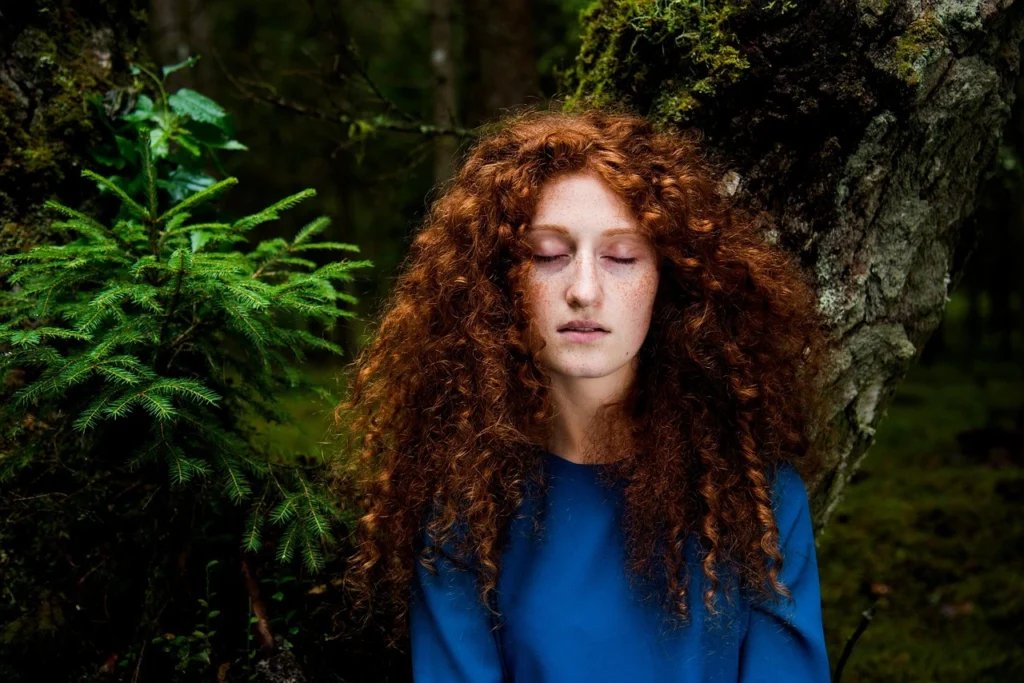
Conclusion: Making the Switch to Henna for Healthier, More Vibrant Hair
Switching to henna hair care is more than just a color change. It’s a way to care for your hair’s natural health. Henna hair treatment is a safe, vibrant choice instead of chemical dyes. It gives your hair rich color, makes it stronger, and adds shine.
Brands like Lush and The Henna Guys are trusted options. They have positive reviews on Conlemany.com for their timely delivery and quality.
Henna requires some prep, but the results are worth it. It’s a plant-based formula that avoids harsh chemicals. This protects your scalp and reduces breakage. Many users say their hair feels softer and more manageable after switching.
Unlike synthetic dyes, henna is gentle. You can start small by mixing small batches or adding indigo for different shades.
Choosing henna is good for your hair and the planet. It’s eco-friendly, making it a mindful choice. Whether you want bold reds or deep browns, henna keeps your hair healthy. Your hair will be full of life and strength.
Ready to try henna? Look into trusted brands and start your journey to healthier, vibrant hair today.
FAQ
What is henna hair color and how does it work?
Henna hair color comes from the Lawsonia inermis plant. It binds to your hair’s keratin with lawsone. This makes a permanent, chemical-free color that’s good for your hair.
What are the benefits of using henna as a natural hair dye?
Henna is chemical-free and strengthens your hair. It conditions and promotes scalp health. Plus, it gives a vibrant color that lasts longer than regular dyes.
Can I mix henna with other natural ingredients?
Yes! Mix henna with indigo for darker shades or amla for deeper browns. Coffee or tea can darken results. Hibiscus adds reddish tones.
How do I choose the best henna hair dye for my specific hair type?
Choose pure henna or compound henna with herbs. Consider your hair color and desired shade. Always check the ingredients to avoid harmful additives.
Is it easy to apply henna at home?
Yes! Applying henna at home is simple with a step-by-step guide. Use the right tools and mix the henna well. Try different application methods for even color.
What are some common mistakes to avoid when using henna?
Avoid applying henna to chemically treated hair. Don’t underestimate its permanence. Make sure to process it long enough. Read about henna to avoid mistakes.
How can I maintain my henna-dyed hair for lasting results?
Use sulfate-free shampoos and conditioners for colored hair. Deep conditioning and protective styling help keep your color and hair healthy.
Are there any drawbacks to using henna hair dye?
Yes, henna mainly colors hair reddish tones. It takes time to apply and is permanent. This might limit future chemical treatments. Think about these points before using henna.
What should I look for in henna hair dye kits?
Look for beginner-friendly kits with all tools and quality henna powder. Read reviews for kits that are easy to use but still give great results.
